More posts by this contributor
Kids these days take a greater interest in practical things than we give them credit for. For example, this summer my 12-year-old son Leo was at sleepaway camp in Canada. When we received his first letter home, among camp platitudes, the two notable items reported were that one of his counselors was discharged from the Israeli Army a week before camp, while another was recently “mugged by three guys (one had a gun!) and got stabbed in the arm.” Leo reported the cabin was mesmerized when, as a reward, the counselor showed campers his sweater with a knife hole in it.
America’s colleges and universities could learn a thing or two from Leo, because they continue to resist teaching students the practical things they’ll need to know as soon as they graduate; for instance, to get jobs that will allow them to make student loan payments. Digital skills head this list, specifically experience with the high-powered software they’ll be required to use every day in entry-level positions.
But talk to a college president or provost about the importance of Marketo, HubSpot, Pardot, Tableau, Adobe and Autodesk for their graduates, and they’re at a loss for how to integrate last-mile training into their degree programs in order prepare students to work on these essential software platforms.
Enter a new company, Pathstream, which just announced a partnership with tech leader Unity and previously partnered with Facebook. Pathstream supports the delivery of career-critical software skill training in VR/AR and digital marketing at colleges and universities.
According to Pathstream co-founder Eleanor Cooper, the company was created from piecing together two insights. First, graduates aren’t getting the digital skills they need to be hired. Employers are so frustrated that they no longer believe that new grads are qualified for digital jobs; according to a recent survey of more than 95,000 job postings by TalentWorks, 61 percent of positions that say they’re seeking entry-level employees now specify at least three years or more of relevant work experience. Second, tech companies are struggling to reach new generations of learners.

While today’s college graduates are “digital natives,” these natives have been conditioned on Netflix-like interfaces, and aren’t accustomed to laborious software configurations, or the steep learning curves required to master a software platform.
As a result, Cooper says Pathstream makes learning a new software platform live up to student expectations of receiving “joy before pain,” thereby gently nudging college students down the road to mastery. In addition, rather than traditional classroom-based learning, Pathstream’s platform simulates a work environment, where students complete tasks and projects on the platform, build a portfolio of work and earn a certification from both a higher education institution and the software company.
Facebook is using Pathstream to support training students on its digital marketing platform, including social media marketing using Facebook Ad Manager and Instagram . Parisa Zagat, Policy Programs Manager at Facebook, related the partnership with Pathstream to its pledge in June to train 1 million U.S. small business owners on the digital skills they need to compete in today’s workplace.
Unity is focusing its training on VR/AR courses for industry use cases (construction, manufacturing, automotive, enterprise training). Jessica Lindl, Global Head of Education at Unity, said “in order to gain employment in today’s digitally focused world, job-seekers are required to rapidly up-level their skills.”

Image: Getty Images/smartboy10/DigitalVision
“The problem is there’s a significant education gap between those who seek to learn these skills and the programs available to them. With Pathstream, we will be able to provide interactive programs for students of all backgrounds to learn real-world software platforms in their own way, making it easier and more efficient for them to find success in their current career path or a new one.”
While it completes training programs for Facebook and Unity, Pathstream is building out a network of colleges that will offer the curriculum to students. Recently, Facebook announced that Pathstream will be offering digital marketing certificates at Central New Mexico Community College and Des Moines Area Community College. According to Zagat, “By the end of the year, Facebook plans to form a total of 20 partnerships with community colleges across the country, working hand-in-hand with Pathstream and the colleges to build out custom curriculums and programs for these partnerships.”
Cooper says that “colleges and universities understand that their students are focused on employment, and specifically on getting a good first job. Today’s students no longer buy the line that college prepares you for your fifth job, not your first job. They know that if you don’t get a good first job, you’re probably not going to get a good fifth job.” And, as she points out, most good first jobs specifically require one or more technologies like Facebook or Unity — technologies that colleges and universities aren’t teaching.
If Pathstream is able to realize its vision of integrating industry-relevant software training into degree programs in a big way, colleges and universities have a shot at maintaining their stranglehold as the sole pathway to successful careers. If Pathstream’s impact is more limited, watch for millions of students to sidestep traditional colleges, and enroll in emerging faster and cheaper alternative pathways to good first jobs — alternative pathways that will almost certainly integrate the kind of last-mile training being pioneered by Pathstream.

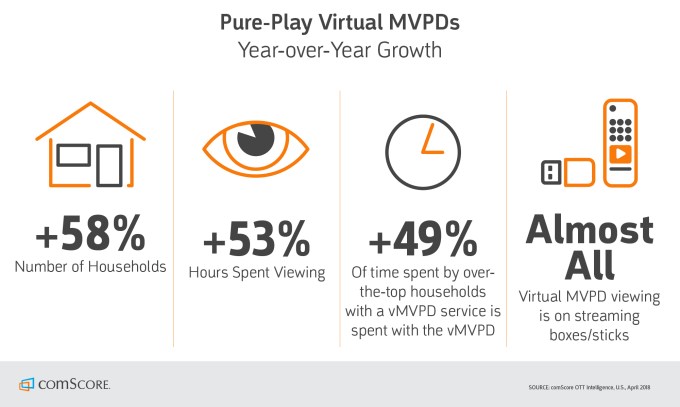




 ext week, Inokyo will graduate from Y Combinator’s accelerator that provided its initial seed funding. In six weeks during the program, they found a retail space on Mountain View’s main drag, studied customer behaviors in traditional stores, built an initial product line, and developed the technology to track what user are taking off the shelves.
ext week, Inokyo will graduate from Y Combinator’s accelerator that provided its initial seed funding. In six weeks during the program, they found a retail space on Mountain View’s main drag, studied customer behaviors in traditional stores, built an initial product line, and developed the technology to track what user are taking off the shelves.
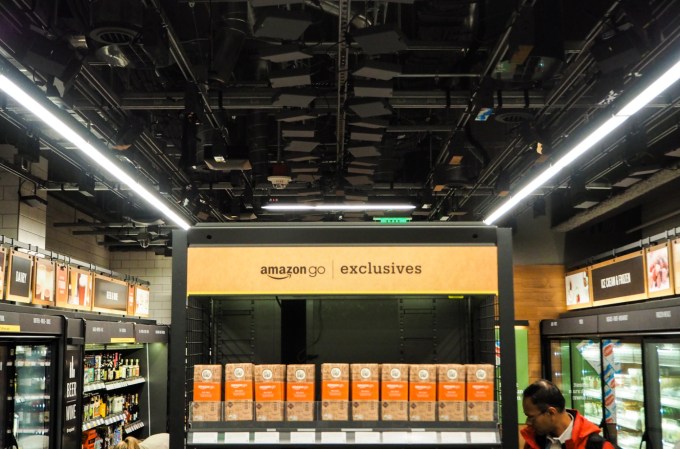


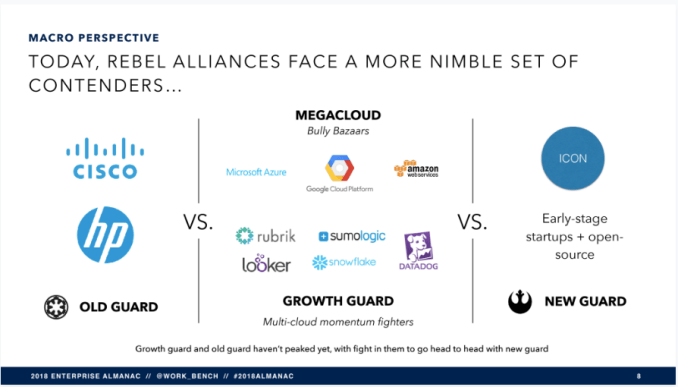
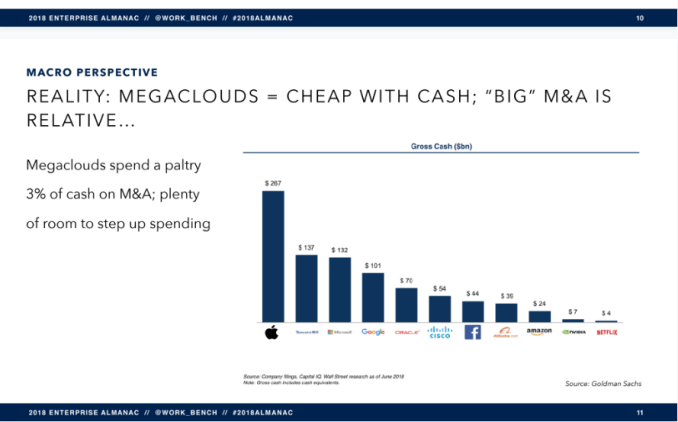
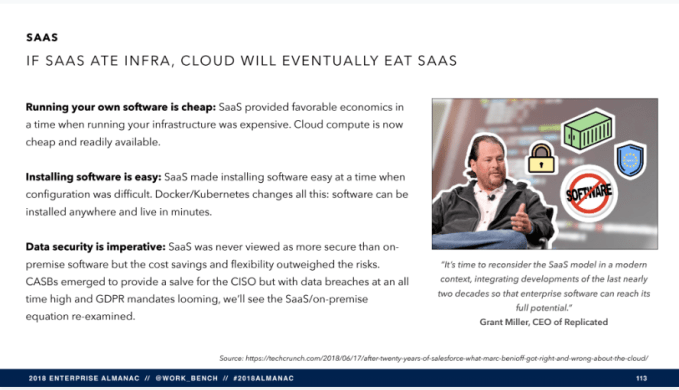




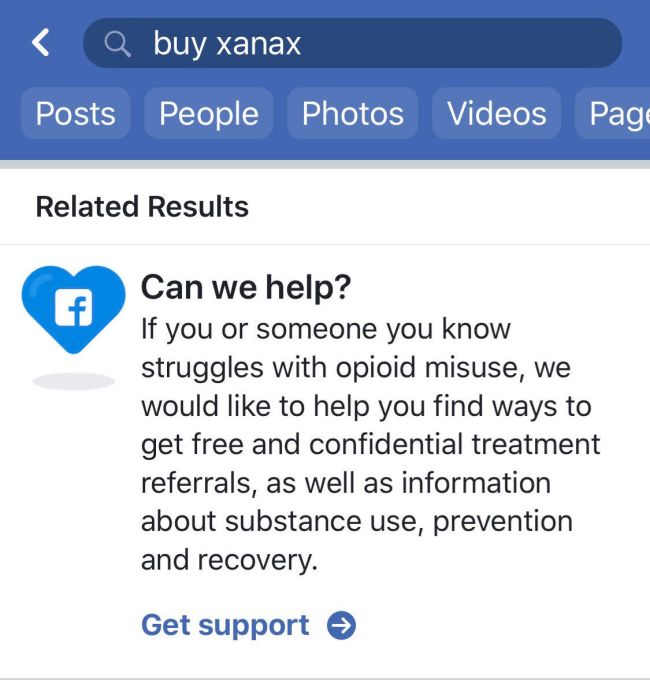


 Google’s canonical example for a query to trigger this new panel is “
Google’s canonical example for a query to trigger this new panel is “